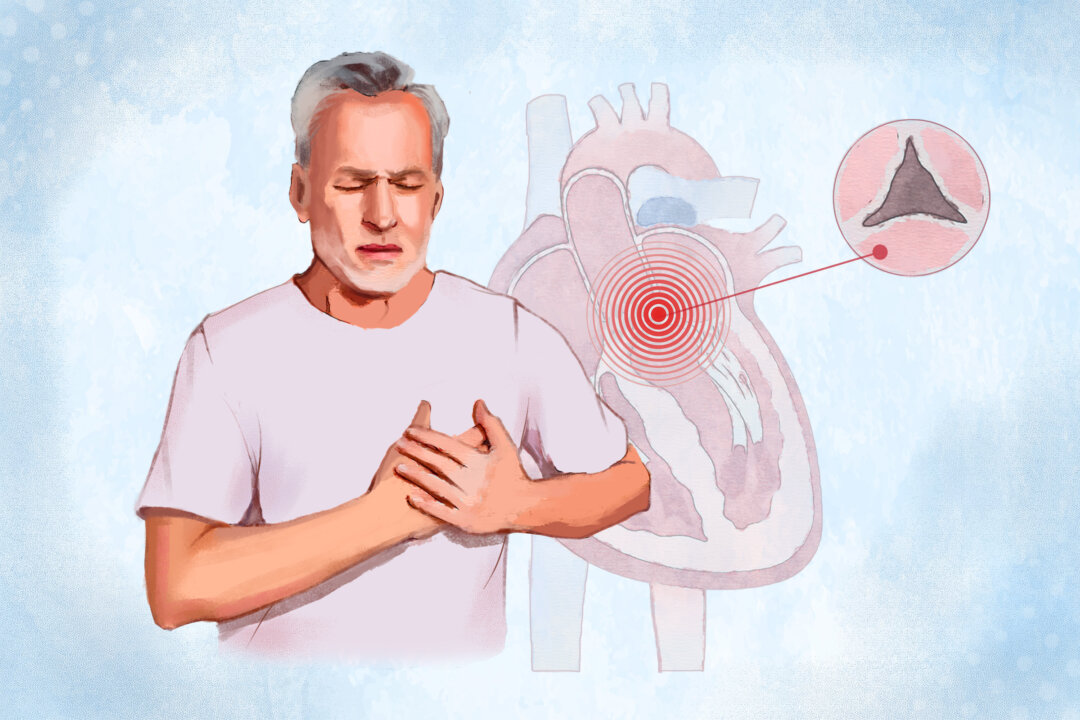Aortic stenosis is a heart valve disorder that causes the aortic valve opening to narrow, hindering blood flow out of the heart. The condition makes the heart work much harder, causing damage over time and, if left untreated, can eventually lead to death. Chest pain Rapid, fluttering heartbeat Shortness of breath Dizziness or lightheadedness Difficulty walking short distances Swelling in the feet or ankles Difficulty sleeping or needing to sleep sitting up With aortic stenosis, the valve becomes stiff, and the left ventricle can’t pump enough blood out of the heart and into the aorta.
The heart has to work harder to pump enough for the body to receive a sufficient supply of oxygen-rich blood. As the heart works harder, the muscle becomes stretched and can no longer contract properly, eventually leading to heart failure. Certain conditions, such as scarring or structural changes, can cause the aortic valve opening to become smaller.
These changes make the valve more prone to calcium buildup, which can make it stenotic. Bicuspid Aortic Valve Rheumatic Heart Disease Connective Tissue Disorders Marfan’s syndrome Systemic lupus erythematosus Rheumatoid arthritis Systemic sclerosis Sjogren’s syndrome Older age Male sex Congenital heart defects (bicuspid aortic valve) Chronic kidney disease Diabetes High cholesterol High blood pressure Infections that may affect the heart, such as rheumatic fever and infective endocarditis Radiation therapy to the chest Stage A (at risk): Ther.


















